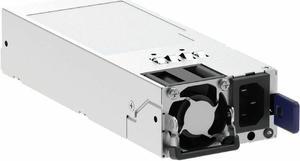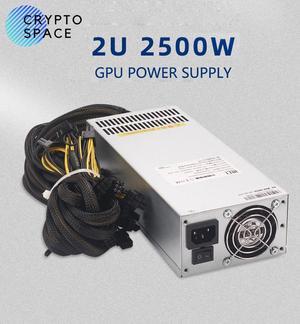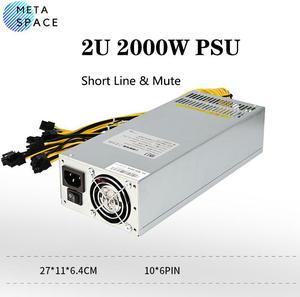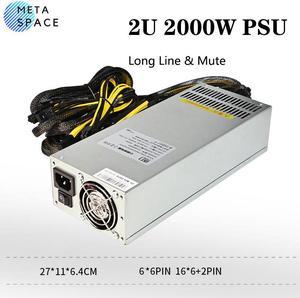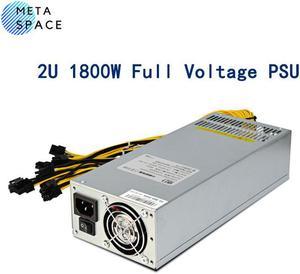- Home
- Components & Storage
- Power Supply
- Server Power Supplies
Server Power Supplies
- In Stock
- Sold by Newegg
- Make an Offer
- New
- Brands
- Show More
- Price
- Show More
- Maximum Power
- Show More
- Main Connector
- Fans
- Show More
- All Top Brands
- Availability
- Condition
- Current Promotion
- Discount
- Sold by
- Useful Links
- New
Show More
- Customer Ratings
- & up
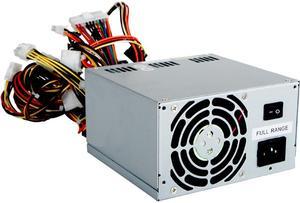
OUT OF STOCK
- Type: ATX12V / EPS12V
- Main Connector: 20+4Pin
- Output: +3.3V@24A, +5V@30A, +12V1@16A, +12V2@16A, +12V3@16A, +12V4@16A, [email protected], +5Vsb@4A
- Fans: 1
- Model #: TC-700PD8B
- $191.99 –
- $3.99 Shipping
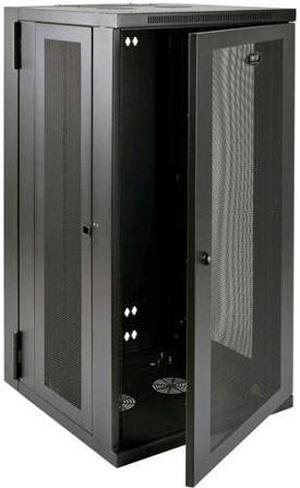
- Type: Wall Mount Cabinet
- Material: Steel
- Specification: Form Factor:Wall Mountable
- Unit Dimension: Height:49.6" x Width:23.6" x Depth:25.5"
- Model #: SRW26USDP
- $1,339.16 –
- More options from $1,339.16 - $1,593.99
- Free Shipping
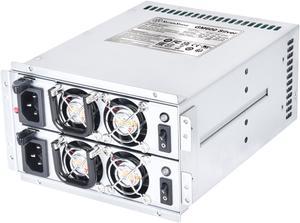
- Fans: 40mm DC fans
- Dimensions: 140mm (W) x 40mm (H) x 175mm (D)
- Color: Silver
- Max PSU Length: 175 mm
- Model #: GM600-S
- $640.99 –
- More options from $505.46 - $778.40
- Free Shipping
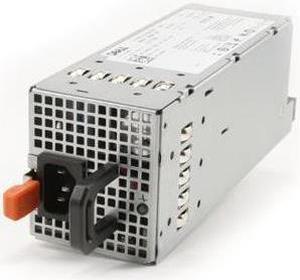
- $53.99 –
- Free Shipping
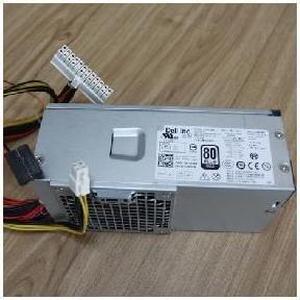
- $39.99 –
- More options from $22.49 - $54.99
- Free Shipping
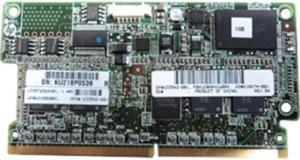
- Type: Cache Memory
- Parts: 30 days warranty
- Labor: 30 days warranty
- Model #: 633542-001
- $75.99 –
- More options from $49.99 - $75.99
- Free Shipping
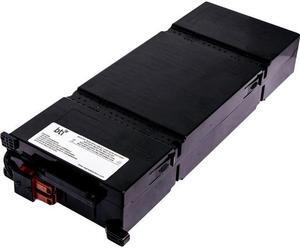
- Model #: APCRBC152SLA152
- $643.99 –
- More options from $627.99 - $661.39
- Free Shipping
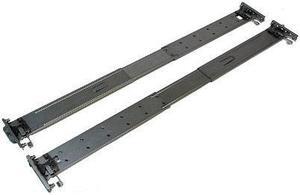
- $76.99 –
- Free Shipping
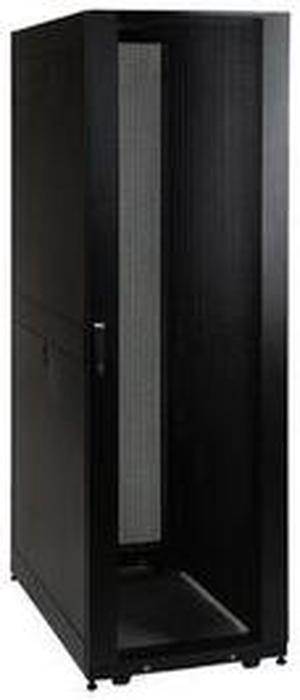
- Type: Rack Enclosure
- Color: Black
- Weight Capacity: 3000 lbs stationary 2250 lbs rolling
- Unit Dimension: 78.5" x 23.63" x 43.0"
- Model #: SR42UBKD
- $1,885.99 –
- Free Shipping
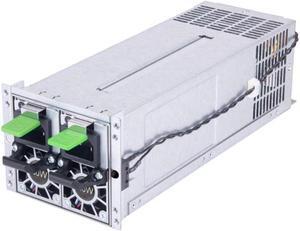
- Type: Redundant Power Supply
- Form Factor: 2U CRPS Redundant
- Fans: 40mm DC fans
- Main Connector: 20+4Pin
- Model #: GM800C-PF
- $788.99 –
- More options from $788.99 - $1,014.15
- Free Shipping
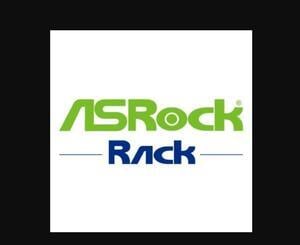
- Dimensions: 7.68" x 2.89" x 1.54"
- Weight: 6.61 lbs.
- Model #: 04G180003001AK
- $218.14 –
- Free Shipping
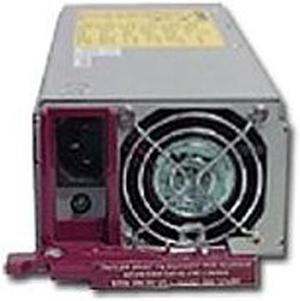
- Type: Office Products
- Weight: 3.45
- Parts: 30 DAYS WARRANTY
- Labor: 30 DAYS WARRANTY
- Model #: 512327-B21
- $278.00
- $70.99 –
- Save: 74%
- Free Shipping
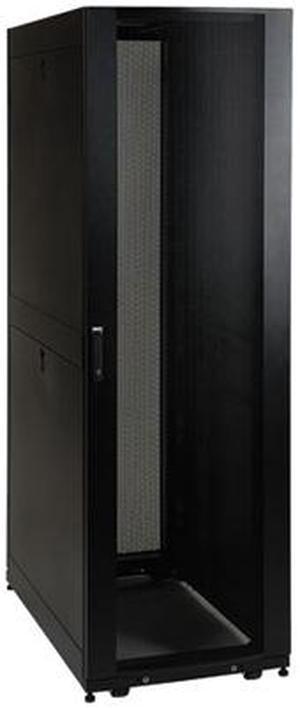
- Type: Wall Mount Cabinet
- Specification: Form Factor:19" 42U
- Unit Weight: 260.00 lb
- Parts: 5 Year Limited
- Model #: SR42UBSD
- $1,701.00 –
- Free Shipping

- Model #: R0X36A#ABA
- $4,092.99 –
- More options from $4,092.99 - $4,162.69
- Free Shipping
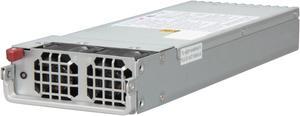
- Type: Consumer Electronics
- Main Connector: 24Pin
- Output Current: +12V@92/116A, +5VSB@6A
- Dimensions: 12.83" x 4.09" x 1.57"
- Model #: PWS-1K41F-1R
- $99.99 –
- More options from $99.99 - $296.39
- Free Shipping
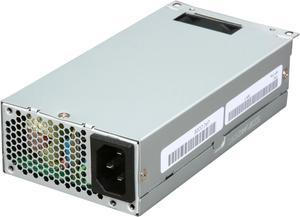
- Type: Flex ATX / ATX12V
- Main Connector: 20+4Pin
- Output Current: +3.3V@16A, +5V@18A, +12V1@15A, +12V@15A, [email protected], [email protected]
- Fans: 1
- Model #: TC-1U30FX8
- $110.43 –
- More options from $98.99 - $110.43
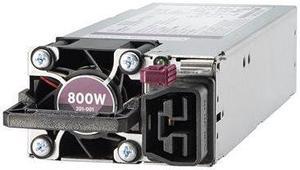
- Model #: P38995-B21
- $199.99
- $134.99 –
- Save: 32%
- More options from $123.38 - $1,115.22
- Free Shipping
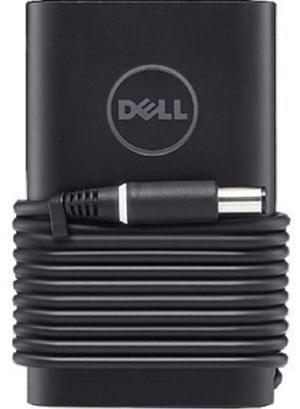
- $69.99 –
- More options from $41.99 - $69.99
- Free Shipping
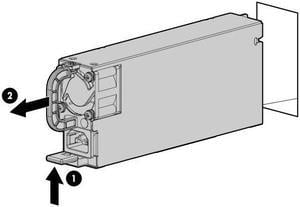
- Type: Power Module
- Input Voltage: 110 V AC 220 V AC
- Model #: 511777-001
- $222.99 –
- More options from $39.01 - $222.99
- Free Shipping

- $369.99 –
- Free Shipping

- Model #: P03178-B21
- $891.00
- $210.99 –
- Save: 76%
- More options from $193.91 - $1,846.11
- Free Shipping

- Model #: PDUH20ISO6
- $199.99 –
- More options from $191.99 - $265.86
- Free Shipping
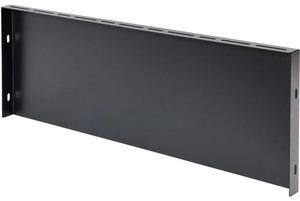
- Type: Home and Garden
- Weight: 13.67
- Model #: SRCTMTR750TL
- $96.99 –
- More options from $96.99 - $111.04
- Free Shipping

- Type: Home and Garden
- Weight: 12.35
- Model #: SRCTMTR600TL
- $89.99
- $74.99 –
- Save: 16%
- Free Shipping
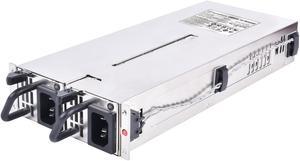
- $622.99 –
- More options from $599.69 - $733.75
- Free Shipping
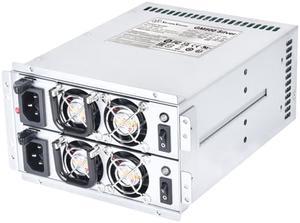
- $701.99 –
- More options from $701.99 - $785.08
- Free Shipping

- Type: Network Cable
- Model #: QFX-SFP-DAC-5MA
- $169.99 –
- Free Shipping
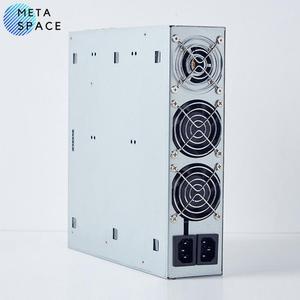
- Model #: PSU0515
- $269.00 –
- Free Shipping
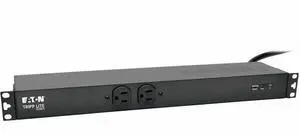
- $231.52 –
- More options from $203.99 - $251.64
- Free Shipping

- Type: Standard Power Cord
- Model #: CBL-PWR-10AC-STR-US
- $49.99 –
- Free Shipping
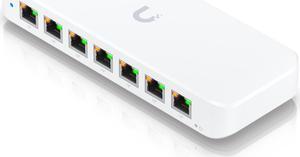
- Primary Ports: (8) GbE RJ45 ports
- Primary Port Speed: Total non-blocking throughput 8 Gbps Switching capacity 16 Gbps
- Power: (1) 54V, 3.9A power adapter (Included) PoE++ (Pins 1, 2+; 3, 6- and 4, 5+; 7, 8-)
- Dimensions: 203 x 76 x 33 mm (8 x 3 x 1.3")
- Model #: USW-ULTRA-210W
- $269.99 –
- More options from $269.99 - $548.08
- Free Shipping
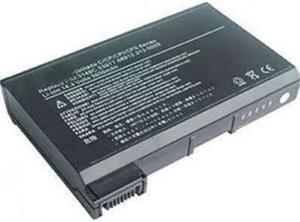
- Type: Consumer Electronics
- Model #: 312-1387-TM
- $88.99 –
- More options from $83.74 - $88.99
- Free Shipping
The primary purpose of a server power supply is converting alternating current (AC) into direct current (DC). The reason is that computers and servers use DC, not AC, which is the type of power that comes from your wall outlet. The power supply is a piece of hardware that powers all the other components of the server with dedicated connectors.
A Redundant Power Supply Prevents Downtime
In a redundant power supply setting, your server works with two or more power supplies. Every PSU can run the server on its own if the other fails. Under normal conditions, each PSU provides half of the power required to operate the server. Most redundant power supplies support hot-swapping, i.e., you can replace the PSU without switching the server off. Hot-swapping prevents downtime, which is particularly important in web servers and mission-critical business environments where you need to keep information and work flowing. While you replace one of the power supplies, the other keeps the server running. It is advisable to install each redundant PSU on a different electrical circuit, so the system will keep working even during a circuit trip or maintenance operations.
Linear vs. Switching Server Power Supplies
When considering power supplies, a linear server and a PC power supply have a more straightforward construction, and require fewer components to convert AC to DC. They tend to be pretty silent, which is an important factor in some work environments. Like server processors, these power supplies work well in systems with efficient cooling. Switching-style power supplies have an internal switch that controls electricity. This leads to less energy consumption. In comparison with a linear PSU, a switching one tends to have smaller components. However, it also produces more noise.
Certifications Determine the Energy Efficiency of Your Server Power Supply
80 PLUS® is a voluntary certification program that classifies server and PC power supplies, including power strips, by their energy efficiency. You can obtain the energy efficiency value by dividing the amount of power the PSU provides by the amount of energy it draws from the power outlet. 80 PLUS Titanium PSUs are the most efficient, as they offer 92% energy efficiency at 20% load, 94% efficiency at 50% load and 90% efficiency at 100% load. 80 PLUS Platinum power supplies offer 90% efficiency at 20% load, 92% efficiency at 50% load and 89% efficiency at 100% load. 80 PLUS Gold PC power supplies provide 87% efficiency at 20% load, 90% efficiency at 50% load and 87% efficiency at 100% load. There are other 80 PLUS certifications with inferior efficiency requirements, but they are less common in server PSUs.
Server PSUs Come With Different Connector Types
Server power supplies come with different types of main ATX connectors. The most common connector in older motherboards is the 20-pin one. Most modern motherboards, instead, feature the 24-pin connector. You can also find PSUs with a 20+4 connector, which works with any motherboard, whether it has the 20-pin or 24-pin connector.
Bestselling Server Power Supplies Reviews:
“ I have been using these PSUs now for the last few years. ”
Athena Power AP-U2ATX80FEP8 20+4Pin 800W Single 2U IPC Server Power Supply - 80PLUS Bronze“ Despite the shortcomings, the price makes this power supply a good deal and I would happily buy it again if it was still available. ”
Athena Power Zippy P1P-5800K2 Flex / 1U IPC Power 800W, Support 80+ Titanium“ Overall good powersupply. ”
Athena Power AP-U2ATX80FEP8 20+4Pin 800W Single 2U IPC Server Power Supply - 80PLUS Bronze“ I would highly recommend this product for various reasons including, but are not limited to customer service, quality of product, and timely delivery service. ”
DPS-1200FB A 1200W PSU Power Supply + Breakout Board + 12pcs 6pin-to-8pin Cables“ I'm sure this wouldn't be an issue in an isolated server room, as this is a server PSU. ”
Athena Power Zippy P1P-5800K2 Flex / 1U IPC Power 800W, Support 80+ Titanium













